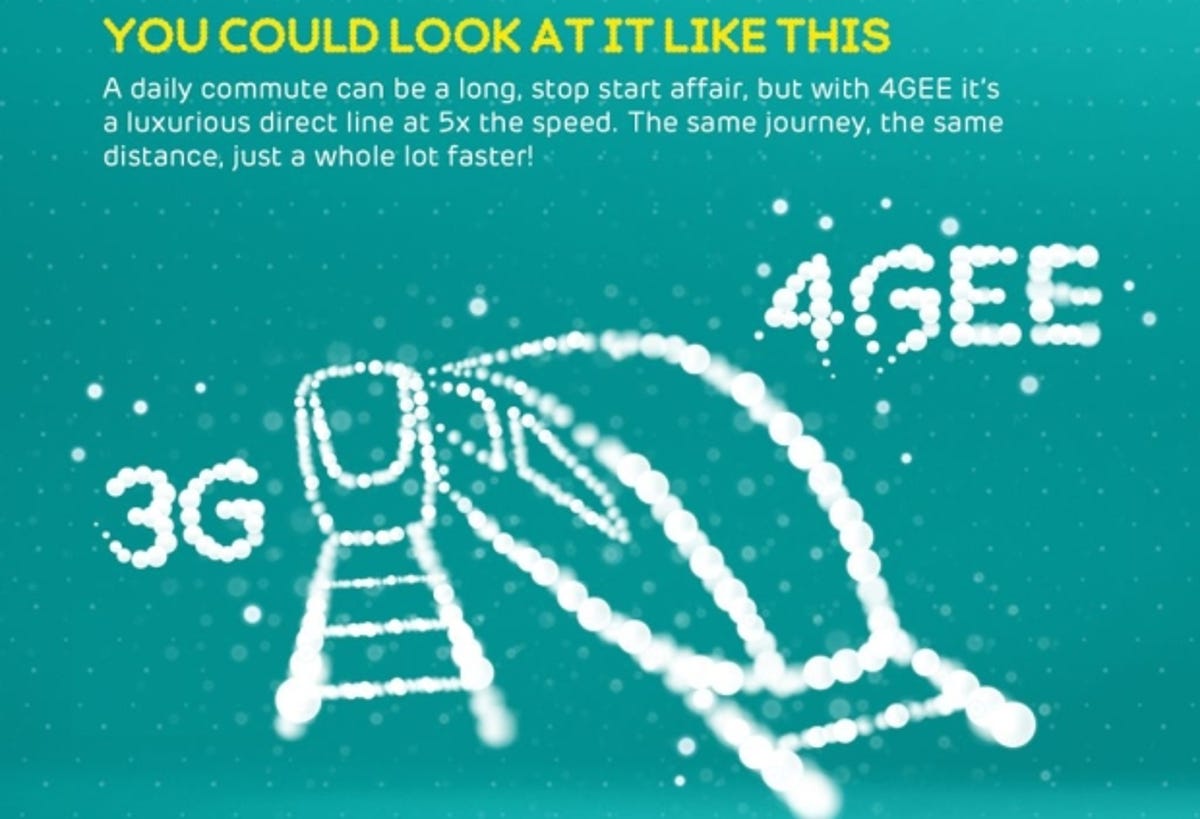
It seems 4G isn’t for us after all. As EE’s 4G headstart fast runs out, it seems the lure of the Samsung Galaxy LTE, BlackBerry Z10 and Nokia Lumia 920 hasn’t seen British customers signing up to 4G in droves.
The number of people to sign up to the UK’s first 4G network is one figure notably absent from EE’s financial results for the end of last year, released today, suggesting not many have signed up to the next generation of data speeds.
The best EE can rustle up is that it has “spontaneous consumer brand awareness”.
Reading between the lines, telecoms expert Steven Hartley of Ovum reckons, “If customer uptake was far ahead of expectation, then we would hear about it. We therefore have to conclude that uptake has not been spectacular.”
This despite the fact, Hartley says, “EE has everything in its favour for LTE to be a success: a market of high smart phone adoption and data usage but starved of high-speed mobile broadband; an LTE monopoly; rapid LTE coverage deployment; and a wider range of compatible handsets at launch than any other LTE operator. Therefore, unspectacular LTE uptake will be due to brand and pricing.”
“The launch of 4G failed to significantly boost EE’s contract customer base,” agrees CCS Insight analyst Kester Mann. “In fact, contract net additions fell by over one third in 4Q12 to 201,000. This compares to the 246,000 reported by Vodafone.”
Data limits
4G EE launched in October last year. The service has taken stick for its prices, or more specifically the limited amount of data you get for each tariff. Desperate to milk as much cash out of its headstart as possible, EE has defended its data limitations, but has added cheaper deals and more data-hungry offers at either end of its pricing chart.
EE’s failure to woo a wide range of new users to 4G could open the door to rival networks, which have to wait until spring before they can launch their own LTE services. But they’re already capitalising on EE’s pricing mis-step: Three has announced it won’t charge extra for 4G — a wise move according to Ovum’s Hartley, who points out that the “three biggest LTE markets in the world (the US, South Korea and Japan) all have little or no 3G-4G premium.”
On the other hand, EE has rebranded two well-known networks — Orange and T-Mobile — which may have had an impact on the numbers. And EE’s other problem is that the 4G network doesn’t cover the whole country, just 43 per cent of the population. It is adding new towns and cities to LTE coverage all the time, but by June that number will only rise to 55 per cent.
Is EE any good? Has EE messed up its pricing or was 4G always going to get off to a slow start? Do you think the general public knows about 4G or is it just early adopters? Submit your data in the comments, or on our staggeringly successful Facebook page.



